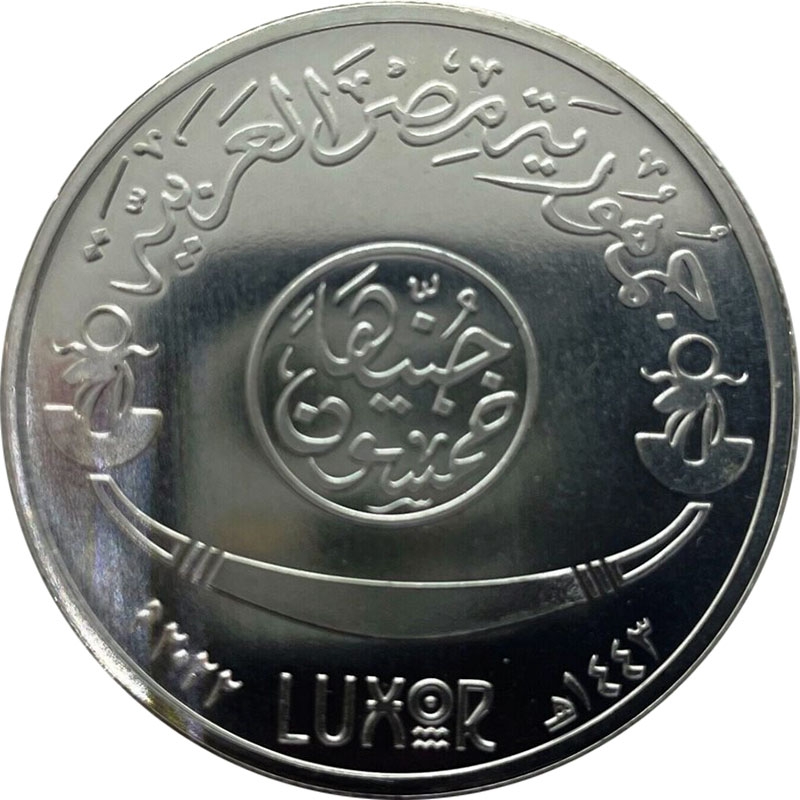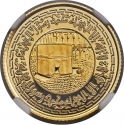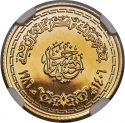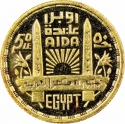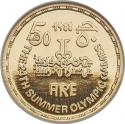You are about to finish your registration. Please check your mailbox (including spam folder). There should be a letter with a confirmation link. Check setting to make sure that your e-mail address is correct.
Send letter againDescription
Egypt unveiled a new 50 pound coin minted to mark the country’s reopening of 3,000-year-old Avenue of Sphinxes in Luxor, a grand ceremony that took place in November 2021.
Avenue of Sphinxes or The King's Festivities Road, also known as Rams Road (Arabic: طريق الكباش) is a 2.7 km (1.7 mi) long avenue (dromos) which connects Karnak Temple with Luxor Temple having been uncovered in the ancient city of Thebes (modern Luxor), with sphinxes and ram-headed statues lined up on both flanks.
Construction of the Avenue of Sphinxes began during the New Kingdom era and was completed during the Late period during the reign of 30th Dynasty ruler Nectanebo I (380–362 B.C.), the road was later buried under layers of sand over the centuries.
On 25 November 2021, the avenue was opened to the public having concluded restoration works that took over seven decades to complete. The march included participants in pharaonic dress, a symphony orchestra, lighting effects, professional dancers, boats on the Nile, horse drawn carriages. Three golden pharaonic-style model boats dedicated to the ancient sun god Amun Ra, moon god Khonsu and mother goddess Mut were carried by men in sheer gold and black robes, replicas of what would have been worn for the same festival in ancient Egypt. The vision for this event was created by a team under the German University in Cairo. Egyptian President Abdel Fattah el-Sisi attended the city-wide spectacle. By that time, the avenue was lined with 1057 statues in total including 807 sphinx-shaped and 250 others with a ram-shaped head.
Designer: Neven
Obverse

|
Depicts the entrance of the Luxor Temple, the inscriptions "The Sphinx Avenue" in Arabic and English above. The engraver's name below. احتفالية طريق الكباش |
|---|---|
Reverse

|
Depicts the logo of the event (Amun in the form of a sun in the middle of a vessel its prow and stern were decorated with a ram’s head), "Luxor" below, state name in Arabic, denomination within the circle as the sun, and year of issue in Gregorian and Hijri calendar years (both in Arabic). جمهورية مصر العربية |
| Edge |

